Buy this landscape artwork Pheasant in courtship plumage by Rinnie Wijnstra (FotoAmeland ) on canvas, ArtFrame, poster and wallpaper, printed on demand in high quality.
About "Pheasant in courtship plumage"
by Rinnie Wijnstra (FotoAmeland )
About the artwork
Appearance
Pheasants are Galliformes, introduced to Western Europe by the Romans at the beginning of our era. The males are colorful and the females have a light brown camouflage color and are therefore hardly noticed during breeding. The pheasants found in the Netherlands are mainly hybrids between different subspecies, originating from areas stretching from the Caucasus through China to Japan. There are roosters with a black neck with a white neck ring. On the back of the head the cockerel has two tufts and on its legs spurs. These are small in young cocks and large in older cocks.
Roosters have a length of 80 cm, including an up to 45 cm long tail consisting of eighteen pins. The hen is a lot smaller at 60 cm, with a tail of about 25 cm. The pheasant has short round wings of about 25 cm. The weight of a cock is on average 1400 grams and 1200 grams for a hen.
In the mating season, the roosters can fight each other enormously. The naked skin of the head and neck swells up and forms bright red cockerels, called wattles and "roses".
Biotope
Pheasants can be found in a wide variety of areas, but prefer a moist biotope of ruggedness with open land and the necessary structural variation. Ditch banks and ditches, reed beds, soil deposits, woodlots and girths with adequate cover are favorites.
The pheasant also occurs in forest areas, but a park landscape with lots of bushes is preferred. On overgrown fields in the agricultural area the pheasant does well.

About Rinnie Wijnstra (FotoAmeland )
There is a lot to say about photography, but good photos say it all. My portfolio offers a selection of my work, photographed in the versatile Ameland landscape, which is different every day. The photos tell my story and show that photography is my passion... Read more…
 Germany
Germany Ordered in March 2021
Ordered in March 2021
 Netherlands
Netherlands Ordered in May 2021
Ordered in May 2021
 Netherlands
Netherlands Ordered in December 2021
Ordered in December 2021
 Germany
Germany Ordered in November 2024
Ordered in November 2024
 Germany
Germany Ordered in February 2023
Ordered in February 2023
 Germany
Germany Ordered in February 2022
Ordered in February 2022
 Netherlands
Netherlands Ordered in November 2023
Ordered in November 2023
 Germany
Germany Ordered in May 2019
Ordered in May 2019
 Germany
Germany Ordered in July 2020
Ordered in July 2020
 Germany
Germany Ordered in November 2019
Ordered in November 2019
 Germany
Germany Ordered in September 2020
Ordered in September 2020
 Netherlands
Netherlands Ordered in May 2020
Ordered in May 2020
About the material
ArtFrame™
Interchangeable Art Prints
- High-quality print
- Easily interchangeable
- Acoustic function
- Large sizes available
Discover the artworks of Rinnie Wijnstra (FotoAmeland )
 Lighthouse at sunsetRinnie Wijnstra (FotoAmeland )
Lighthouse at sunsetRinnie Wijnstra (FotoAmeland ) Ameland/Lighthouse at sunsetRinnie Wijnstra (FotoAmeland )
Ameland/Lighthouse at sunsetRinnie Wijnstra (FotoAmeland ) Ameland/WadRinnie Wijnstra (FotoAmeland )
Ameland/WadRinnie Wijnstra (FotoAmeland )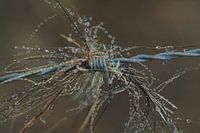 Macro DropsRinnie Wijnstra (FotoAmeland )
Macro DropsRinnie Wijnstra (FotoAmeland )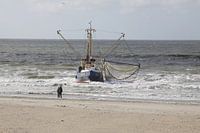 Ameland/Boat on the beachRinnie Wijnstra (FotoAmeland )
Ameland/Boat on the beachRinnie Wijnstra (FotoAmeland ) Wadden Sea AmelandRinnie Wijnstra (FotoAmeland )
Wadden Sea AmelandRinnie Wijnstra (FotoAmeland )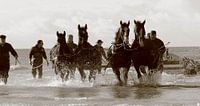 Horse rescue boatRinnie Wijnstra (FotoAmeland )
Horse rescue boatRinnie Wijnstra (FotoAmeland ) Horse LifeboatRinnie Wijnstra (FotoAmeland )
Horse LifeboatRinnie Wijnstra (FotoAmeland )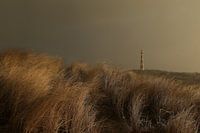 Ameland LighthouseRinnie Wijnstra (FotoAmeland )
Ameland LighthouseRinnie Wijnstra (FotoAmeland ) Ameland at its bestRinnie Wijnstra (FotoAmeland )
Ameland at its bestRinnie Wijnstra (FotoAmeland )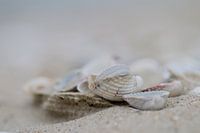 ShellRinnie Wijnstra (FotoAmeland )
ShellRinnie Wijnstra (FotoAmeland )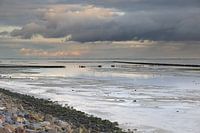 Ameland at its most beautifulRinnie Wijnstra (FotoAmeland )
Ameland at its most beautifulRinnie Wijnstra (FotoAmeland ) Ameland at its most beautifulRinnie Wijnstra (FotoAmeland )
Ameland at its most beautifulRinnie Wijnstra (FotoAmeland )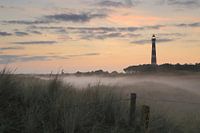 Ameland at its most beautifulRinnie Wijnstra (FotoAmeland )
Ameland at its most beautifulRinnie Wijnstra (FotoAmeland ) Ameland at its most beautifulRinnie Wijnstra (FotoAmeland )
Ameland at its most beautifulRinnie Wijnstra (FotoAmeland ) Ameland at its most beautifulRinnie Wijnstra (FotoAmeland )
Ameland at its most beautifulRinnie Wijnstra (FotoAmeland )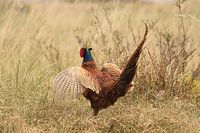 Pheasant in courtship plumageRinnie Wijnstra (FotoAmeland )
Pheasant in courtship plumageRinnie Wijnstra (FotoAmeland )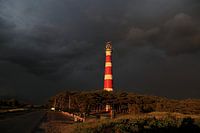 Ameland lighthouseRinnie Wijnstra (FotoAmeland )
Ameland lighthouseRinnie Wijnstra (FotoAmeland )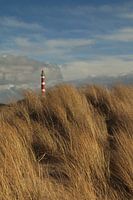 Ameland lighthouseRinnie Wijnstra (FotoAmeland )
Ameland lighthouseRinnie Wijnstra (FotoAmeland ) Ameland lighthouseRinnie Wijnstra (FotoAmeland )
Ameland lighthouseRinnie Wijnstra (FotoAmeland )
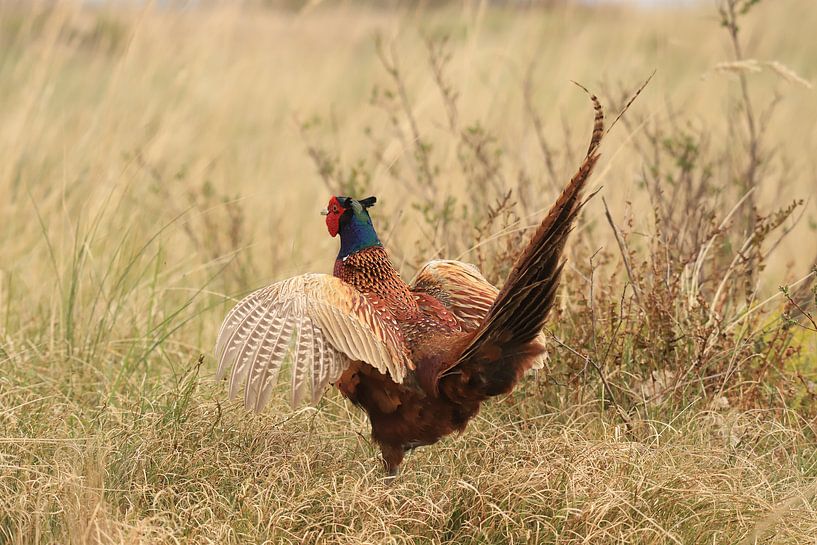


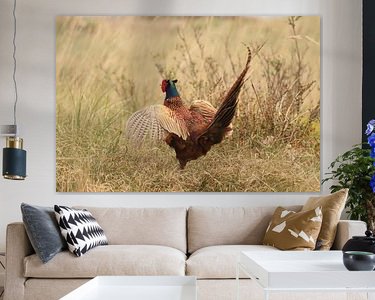


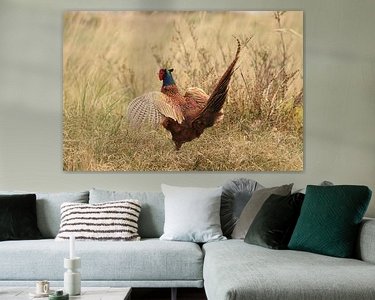
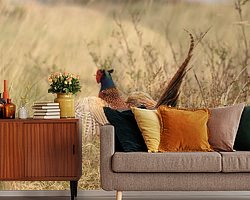
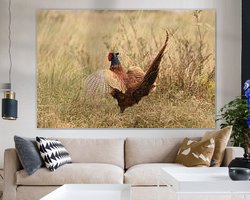

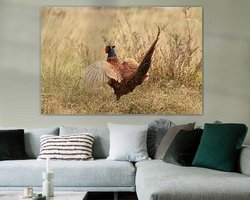

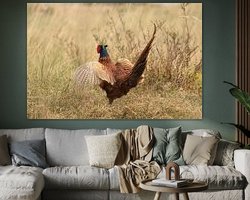
 Ameland
Ameland Chickens and roosters
Chickens and roosters Dunes
Dunes Elegant Expressions
Elegant Expressions Farm animals
Farm animals Landscapes
Landscapes Photo wallpaper
Photo wallpaper Photography
Photography Powerful Expression
Powerful Expression Serene Peace
Serene Peace









